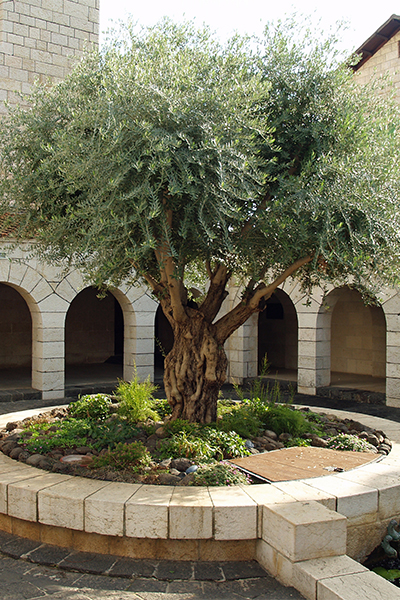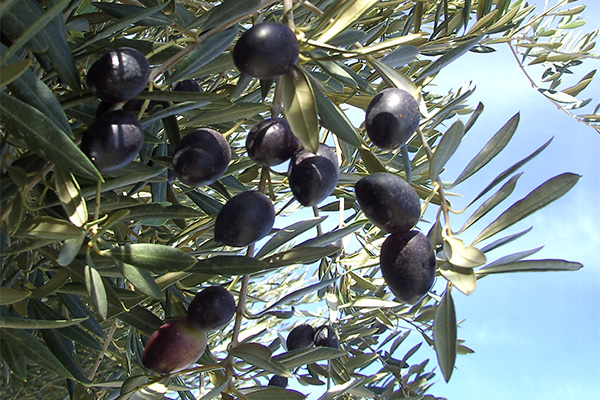European Olive

Olea europaea
European Olive trees are a staple in the dazzling panorama of the Mediterranean sea. They are fruiting trees that thrive in sunshine; the species is well established in California, and it has become a popular ornamental in many southeastern United States landscapes.
They can reach up to 50 feet in both height and spread, though this can take decades – there are many specimens still in excellent health that are hundreds of years old! Typically, European Olives grow to be 20 to 30 feet tall.
The European Olive offers a unique feel to any landscape with its twisting shape and tightly packed canopy. Olive trees offer excellent shade and are known for their low maintenance requirements once the tree is established.
They keep their silver-green leaves year round and produce clusters of 15 to 30 small white flowers in Spring. The well known fruit of the European Olive is a fleshy drupe that contains a hard, single seed. When ripe, the fruit turns a purple black. This fruit can be plentiful and will drop from the tree – keep this in mind when choosing a placement for your new Olive.

Ornamental Characteristics:
Native Origin:
Mediterranean
Common Names:
Olive, European Olive
Description:
Hardy Range: 9A to 11
Mature Height: 20 to 50’
Mature Spread: 35 to 50’
Growth Rate: slow
Form: dense, rounded canopy with an irregular crown
Persistence: evergreen
Ornamental Characteristics:
Foliage is small, pointed, and a dark silver-green color. Blooms are clustered and white. Fruit is round, black, and plentiful. They are edible only after being processed and will attract wildlife.
Environment:
Soil: sand, loam, acidic or alkaline
Salt: moderate
Exposure: full sun



